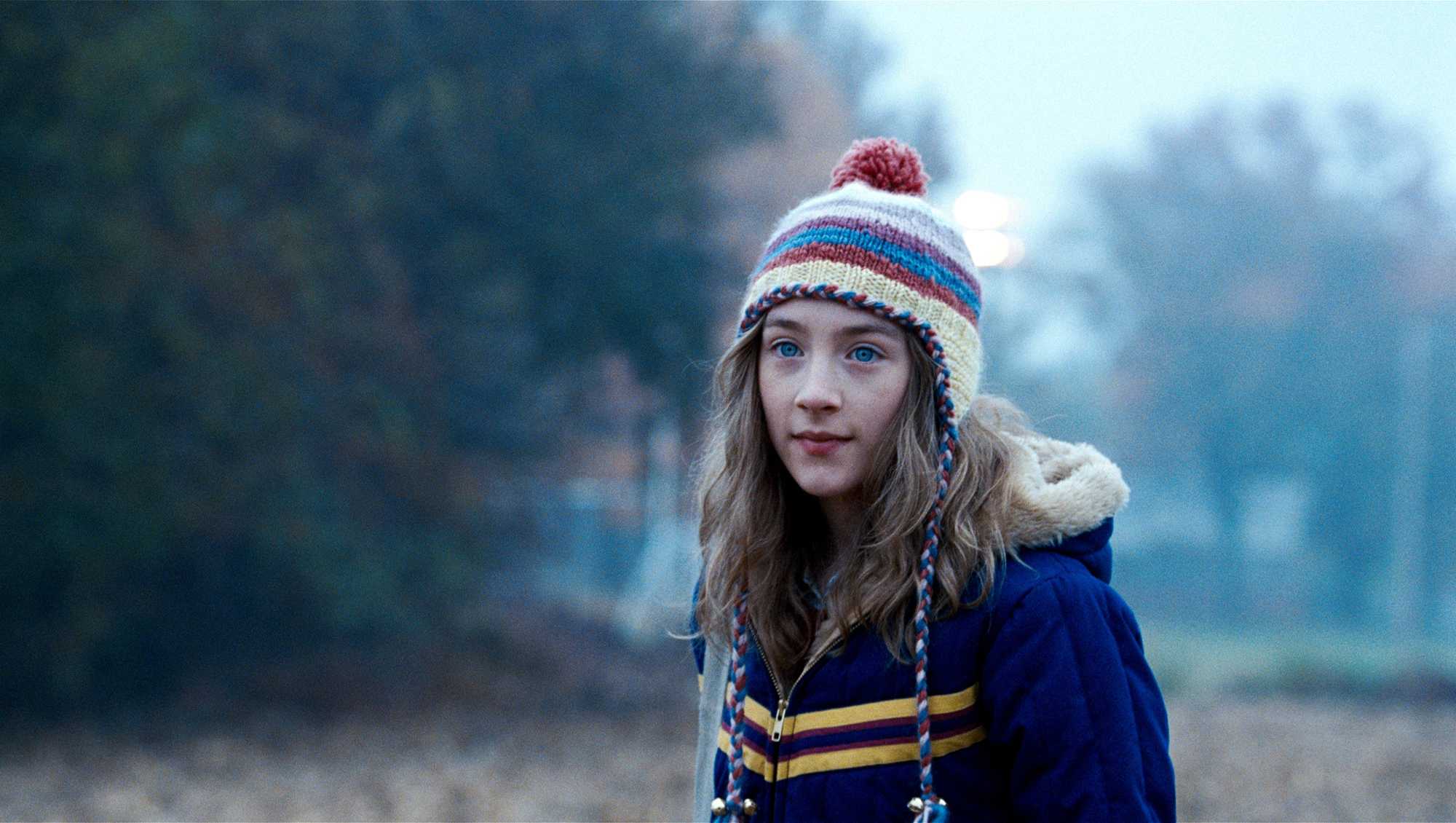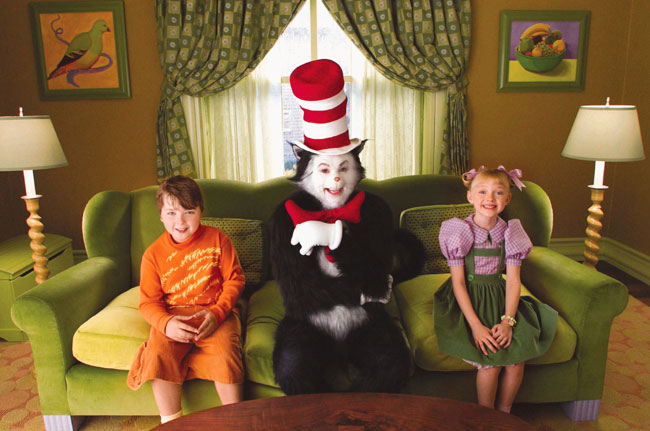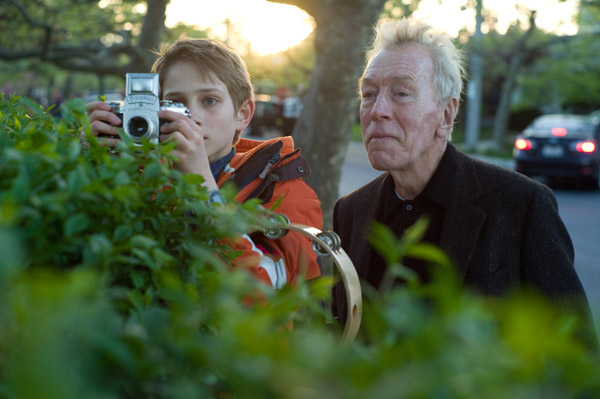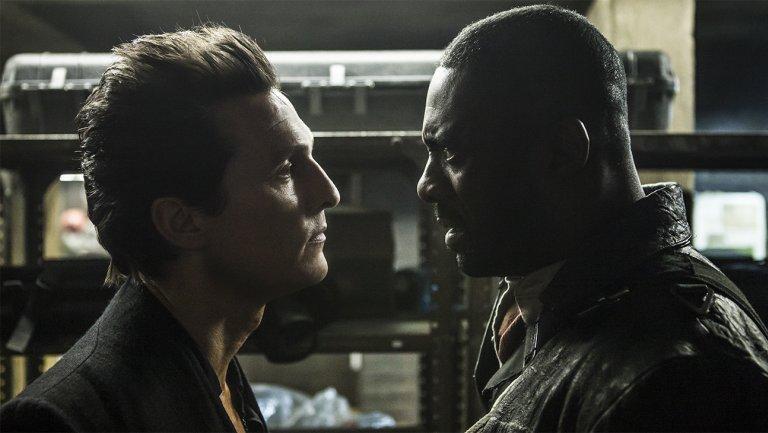6. The Lovely Bones (2009)

The book “The Lovely Bones” by Alice Sebold was a novel written with the heart of a poem that immediately made it difficult to adapt for the screen. It deals with the afterlife of a 14-year-old girl named Susie Salmon, who was raped and killed by her perverted serial killer neighbor George Harvey. Susie had unfulfilled small wishes from life, like people her age, such as kissing and starting a romance with a boy she desired, which is all in vain with her untimely death.
As a result, she stays in limbo and observes from the personal heaven how her parents are dealing with the grief, how her classmates and crushes carry on with their lives, and the daily routines of the serial killer. She doesn’t feel the need to take revenge on her murderer; rather, she watches the tragic life of her father from a distance and wishes to reconcile with her lover, even if for a brief moment. Above all, in the novel, the innocence of the titular character prevails amidst all the chaos and dysfunction of life.
The problem with the film was that its ideas were largely undeveloped. It is evident from the treatment of the film that Peter Jackson was unsure of what to do with the material.
The proportion of violence against the sentimentality is uneven, the purgatory scenes abruptly switch between cheerfulness to limbo, and if not for the brilliant acting by Stanley Tucci and Saoirse Ronan, the film would have become one of the most unnecessary messes of all time.
7. The Cat in the Hat (2003)

The United States was clearly in need of a good primer other than the standard Dick and Jane. Theodor Geisel, using the pseudonym Dr. Seuss, came forward to resolve this problem.
Assisted by the director of Houghton Mifflin, he created a new primer centered around the bumbling of an anthropomorphic cat in the house of Sally and her brother when their mother was not at home. Geisel used simple short words to write the story and the book was a success among its readers.
The live-action remake in 2003 was terrifying. Other than Emmanuel Lubezki’s cinematography, all other elements in the film were a complete mess. To inflate the runtime, it unnecessarily included the mothers’ affair with the neighbor; it doesn’t help that they wanted the result of the relationship to be a farce.
The casting was a disaster, the CGI was awful, and the innuendoes were vulgar for its target demographic. The activities of the Cat and Thing One and Two were enough to scare children, and as a result, the live-action adaptation severely butchered the classic book.
8. Captain Corelli’s Mandolin (2001)

Film as a medium has no obligation for staying true to the source material, but this excuse holds as a superior theoretical standpoint only when the adapted version triumphs the main source. “Captain Corelli’s Mandolin” did exactly the opposite; it diluted the supremacy of the main novel with an extremely corny adaptation. The heart of the story was ripped off in the film.
Some instances would make the argument more clear. Whereas in the novel, the young doctor Pelagia learned of his lover’s passion for the mandolin in the end, in the film Pelagia was charmed by Corelli’s mandolin tune. The novel analyzed the realization of different kinds of love: the paternal kind, the love fuelled by lust and passion, and when the passion is gone but the love prevails.
But the film was interested in projecting the love affair of Corelli and Pelagia as adultery and Mandras as an innocent victim. John Madden was concerned with the melodramatic aspects of the story with the historical backdrop taking a backseat. Penelope Cruz and Christian Bale are not even passable as Greek characters, and the film become a silly melodrama.
9. Extremely Loud & Incredibly Close (2011)

Somehow the second book “Extremely Loud & Incredibly Close” by Jonathan Safran Foer had been wrongly portrayed in the mass media as a book about the 9/11 terrorist attacks, but it is not. Rather, it was a book that uses 9/11 only as a backdrop and comments on universal human conditions and topics such as grief, loss, family, love, etc.
The protagonist of the story is the 9-year-old Oskar Schell, who also has Asperger’s syndrome, so it is more difficult for him to communicate his grief. His grief is also compared and contrasted with the grief in his grandfather and grandmother’s lives, who were separated in the repercussions of World War II and since lost contact. A painful investigation of life is what the novel does through its protagonist’s mind, whose mental age surprisingly mimics the voice of the writer.
In simple words, the film adaptation was a failed Oscar bait project. The emotions are overdone with saccharine, the complex themes are sacrificed for a 9/11 film, and the casting of the boy is a very poor choice. It is a result of extremely lazy screenwriting with frequent mentions to remind the audience how terrible the attack was. Terrible film!
10. The Dark Tower (2017)

Stephen King adaptations are always prone to wicked manipulation, as history will remind us. Among the innumerable number of bad adaptations of his novels, “The Dark Tower” is a worthy contender aiming for the top spot. King has taken references from Hollywood stories of the Wild West in his fascinating mythic novel, but the cinematic land had done a great disservice to him in adapting it for the screen.
It was known that the film would use the general tropes like all other film series on the market, but the choppy rushed editing doesn’t even allow the film to built its great mythical world, and it doesn’t interest the audience as a result.
Even the main protagonist Roland doesn’t get enough screen time in lieu of rushing the final act. The casting choice, if not terrible, doesn’t work for the film and overall, as a result, the film “The Dark Tower” becomes a bastardized version of the great Stephen King novel.